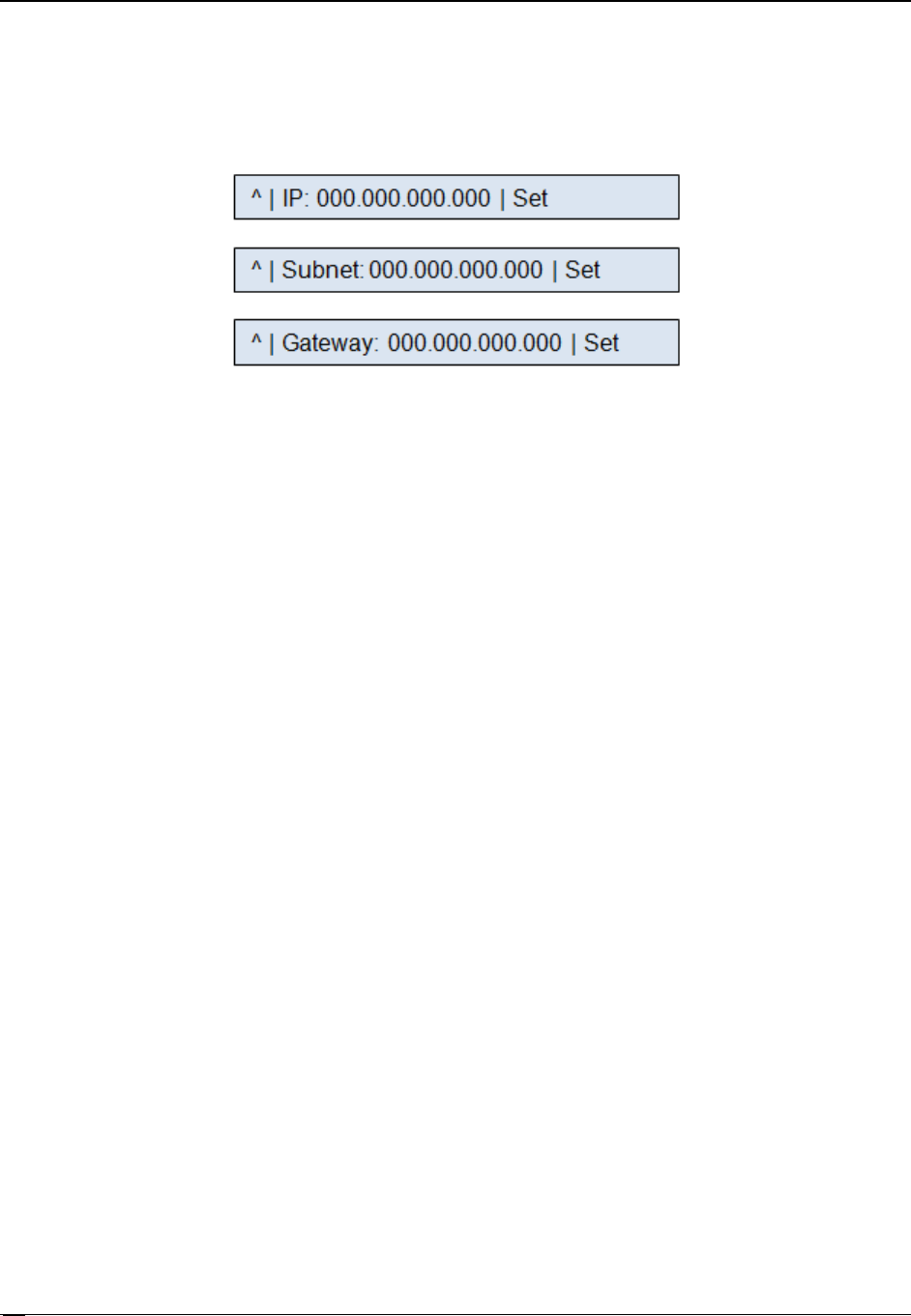Technical Product Specification
Table Of Contents
- 1. Introduction
- 2. Product Family Overview
- 3. Power Subsystem
- 3.1 Mechanical Overview
- 3.2 Power Connectors
- 3.3 Power Supply Module Efficiency
- 3.4 AC and DC Power Cord Specification Requirements
- 3.5 AC Input Specifications
- 3.5.1 Power Factor
- 3.5.2 AC Input Voltage Specification
- 3.5.3 AC Line Isolation Requirements
- 3.5.4 AC Line Dropout/Holdup
- 3.5.5 AC Line Fuse
- 3.5.6 AC Inrush
- 3.5.7 AC Line Transient Specification
- 3.5.8 Susceptibility Requirements
- 3.5.9 Electrostatic Discharge Susceptibility
- 3.5.10 Fast Transient/Burst
- 3.5.11 Radiated Immunity
- 3.5.12 Surge Immunity
- 3.5.13 Power Recovery
- 3.5.14 Voltage Interruptions
- 3.5.15 Protection Circuits
- 3.5.16 Over-current Protection (OCP)
- 3.5.17 Over-voltage Protection (OVP)
- 3.5.18 Over-temperature Protection (OTP)
- 3.6 1600W DC Power Supply Support
- 3.6.1 Power Supply Module Efficiency
- 3.6.2 DC Inlet Connector
- 3.6.3 DC Input Voltage Specification
- 3.6.4 DC Holdup/Dropout Time
- 3.6.5 DC Line Fuse
- 3.6.6 DC Inrush
- 3.6.7 DC Line Surge Voltages (Line Transients)
- 3.6.8 Residual Voltage Immunity in Standby Mode
- 3.6.9 Protection Circuits
- 3.6.10 Over Temperature Protection (OTP)
- 3.7 Cold Redundancy Support
- 3.8 Closed Loop System Throttling (CLST)
- 3.9 Smart Ride Through (SmaRT)
- 3.10 Power Supply Status LED
- 4. Thermal Management
- 5. System Storage and Peripheral Drive Bays Overview
- 6. Storage Controller Options Overview
- 7. Front Control Panel and I/O Panel Overview
- 8. Intel® Local Control Panel
- 9. PCI Riser Card Support
- 10. Additonal System Boards
- 11. Front Panel
- 12. IO Module Support
- 13. Intel® Intelligent Power Node Manager (NM)
- Appendix A: Integration and Usage Tip
- Appendix B: POST Code Diagnostic LED Decoder
- Appendix C: POST Code Errors
- Glossary
- Reference Documents

Intel® Local Control Panel Intel® Server System R2000LH2/T2 Product Family TPS
Revision 1.0
74
If the user selects DHCP or the existing IP source is DHCP, the other menu items such as IP
Address, Subnet, and Gateway are not configurable. If the user selects Static or the existing
setting is static for IP source, the user is allowed to change the other menu items and the
screen shots look as follows.
Figure 63. Screen shots for Configuring IP Address, Subnet Mask, and Gateway
By default the cursor will be under the symbol ^ and the IP address is displayed as
000.000.000.000. A Right button will take the cursor to the first position (first 0) of the IP
address. When the cursor is under the second menu item, the functionality of Left, Right, and
Enter buttons is different from the previous screens. The second token consists of twelve 0 s’
separated by period (.) character in IP address format. The behaviors of these buttons are as
follows when the cursor is under this item:
Left and Right buttons inside the second menu item traverse among the 0 positions
within the same item.
If the cursor is under the last position inside the second menu item, a Right button will
move the cursor to next item, that is, Set.
If the cursor is under the first position inside the second menu item, a Left button moves
the cursor to the previous item, that is, ^.
First Enter button at any 0 position makes that position to be selected to increase or
decrease the value at that position. The values allowed are between and including 0 and
9.
Any further Left or Right buttons will decrease or increase the value at that position.
The second Enter button at that position makes the cursor to be ready for moving left or
right. Any further Left or Right button moves the cursor to the previous or next position
respectively.
The Enter button is used to select a position at the first time and to leave the position at
the second time.
The following state transition diagram explains the previous steps pictorially, while setting an IP
address using the LCD device. After entering an IP address, the user has to select Set item to
set the entered IP address to the corresponding parameter (IP Address, Subnet Mask, or
Gateway).










